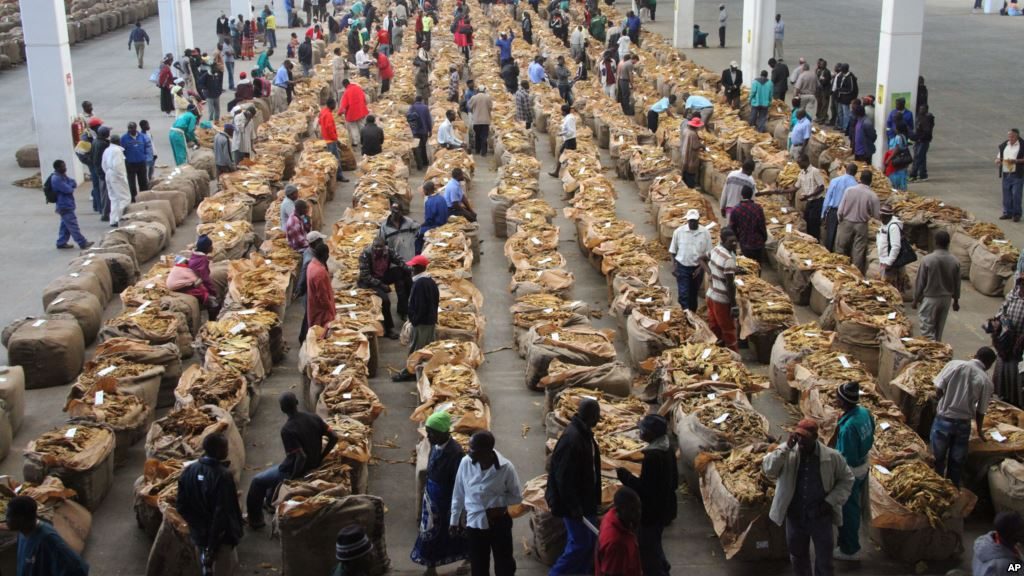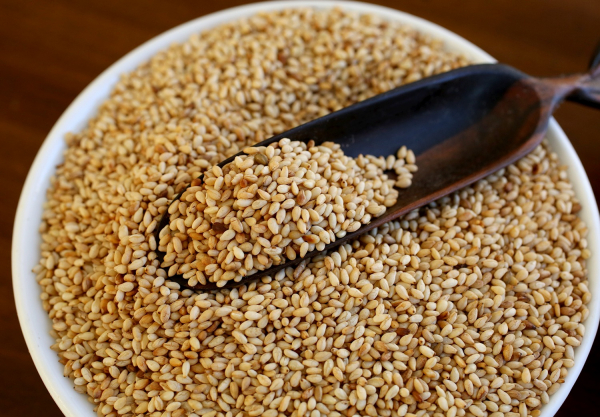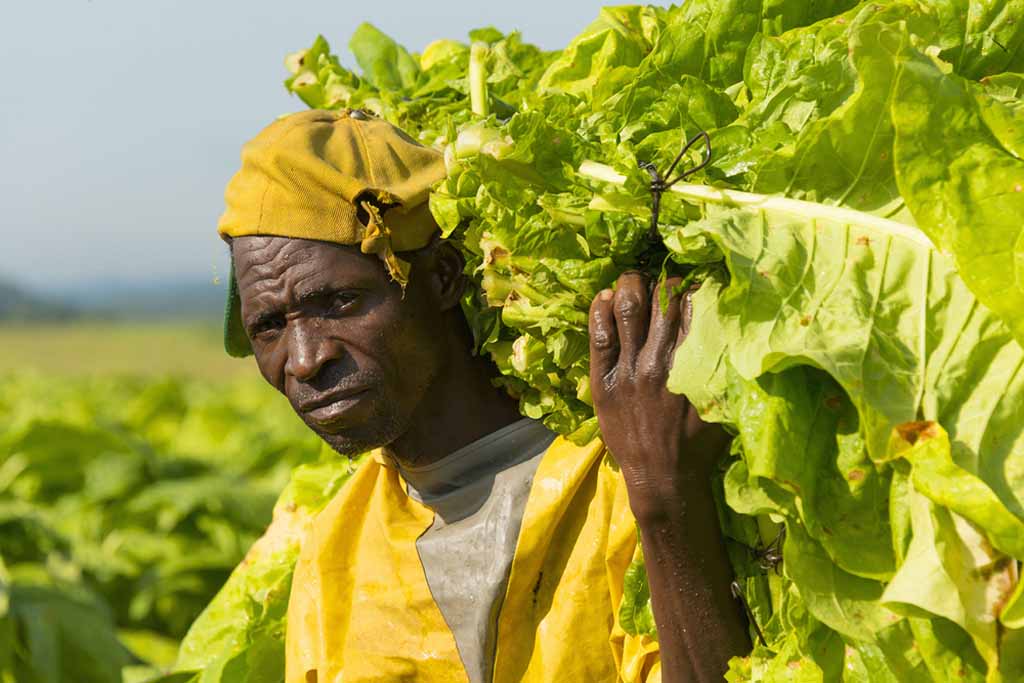Properly condition tobacco before grading, baling: TIMB
THE Tobacco Industry and Marketing Board (TIMB) has urged farmers to properly condition tobacco before grading and baling to avoid post-harvest losses.
Proper conditioning ensures a good quality leaf that fetches a viable price on the market.
In a post on X, TIMB said conditioning gave the leaf the optimal softness and flexibility it needs for handling, making it less likely to break.
“Tobacco that’s too dry breaks easily during handling and baling and ends up fetching very low prices at the sales floors.”
Tobacco conditioning is the process of altering the moisture content of leaves after curing, making them more flexible and less likely to break during handling.
The process rehydrates the dried leaves to prevent them from becoming brittle and makes them easier to handle.
TIMB said the condition or “feel” of tobacco was an important selling point, embracing all styles and qualities.
According to TIMB, once curing is complete, the barn should be cooled instantly and no attempts should be made to condition a hot barn.
Before grading, growers must know that stored tobacco (in slat packs, bales or bulks) will dry out, therefore, the tobacco should be transferred to a conditioning box.
“The leaves should be placed in a conditioning box with the butts resting against the wire-mesh bottom.
“The conditioning box is then placed on a streaming rack so that steam can filter through the mesh bottom and the leaves,” explained TIMB.
Laying the leaves on the steam tray results in uneven conditioning of the tobacco. Some leaves will be conditioned while others will be over-conditioned or remain dry.
To maintain conditions during grading, an overall humid atmosphere should be maintained within the grading area, provided the process is being done in normal dry weather.
After grading, rods or sticks of tied hands may be placed on racks until baled.
“Tobacco should not be conditioned by the introduction of steam into a bale by means of a hose–pipe as inconsistent conditions and the condensation of moisture on the leaf may result,” TIMB warned.
Tobacco growers are also urged to maintain the optimal softness of their crop after conditioning by using appropriate wrapping paper when baling.
“Tobacco wrapping paper has a smooth, waxed interior that locks in moisture, preserving leaf flexibility during baling, storage and post-sale appraisal.
“Not all khaki paper is suitable. Using the wrong paper can lead to moisture loss, brittle leaves and lower prices,” said TIMB.
The regulatory board was also concerned that some farmers were using tobacco paper that does not fully cover the bale, leaving gaps through which moisture escapes.
“This defeats the whole purpose of using wrapping paper. Wrap it right, seal it completely and protect your grade,” advised TIMB.
Meanwhile, TIMB is also advising small-scale tobacco growers who benefited from the Tobacco Inputs Credit Scheme (TICS) and have outstanding balances to come forward and pay before May 31, 2025, to enjoy a 50 percent discount.
“TICS beneficiaries aged over 65 years are kindly requested to bring copies of their certified identification documents (ID) to TIMB offices.
“Relatives of deceased TICS beneficiaries must bring a certified death certificate, burial order or a letter stamped by both the village head and the councillor to the nearest TIMB offices,” said the regulatory board.-herald









